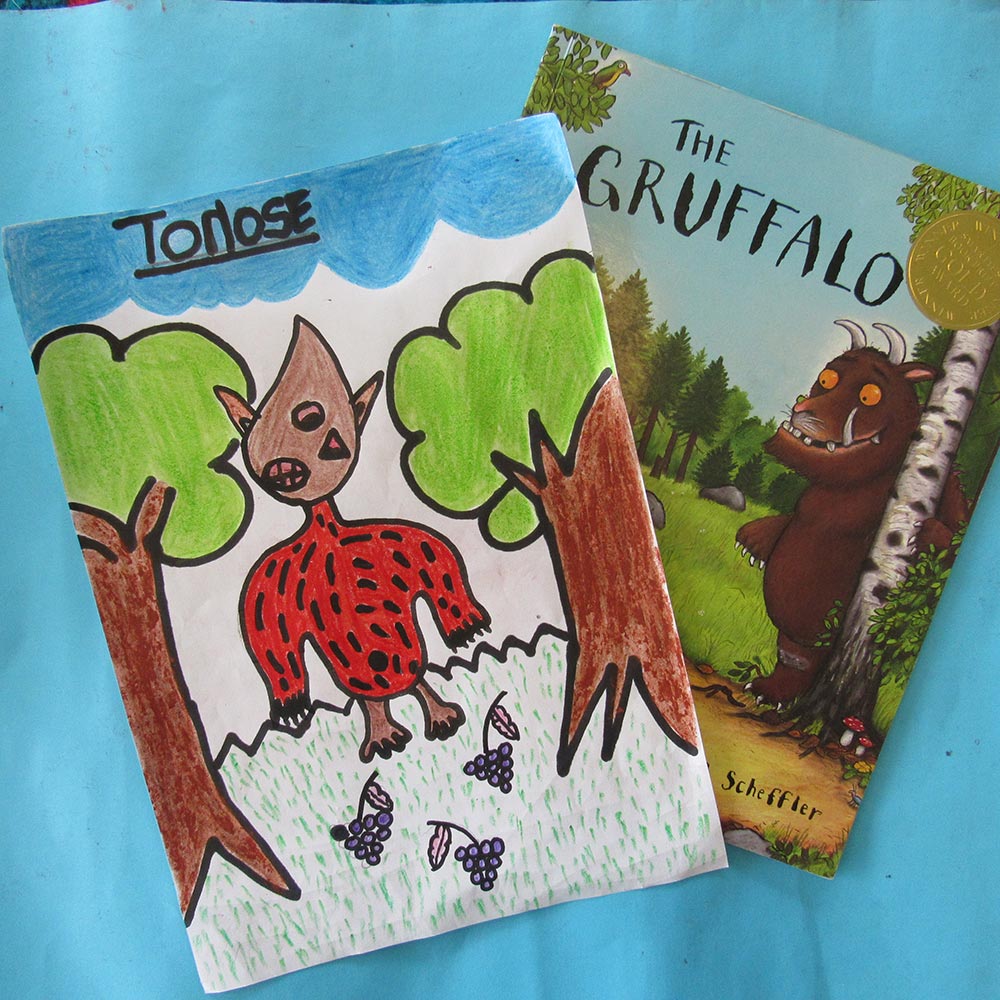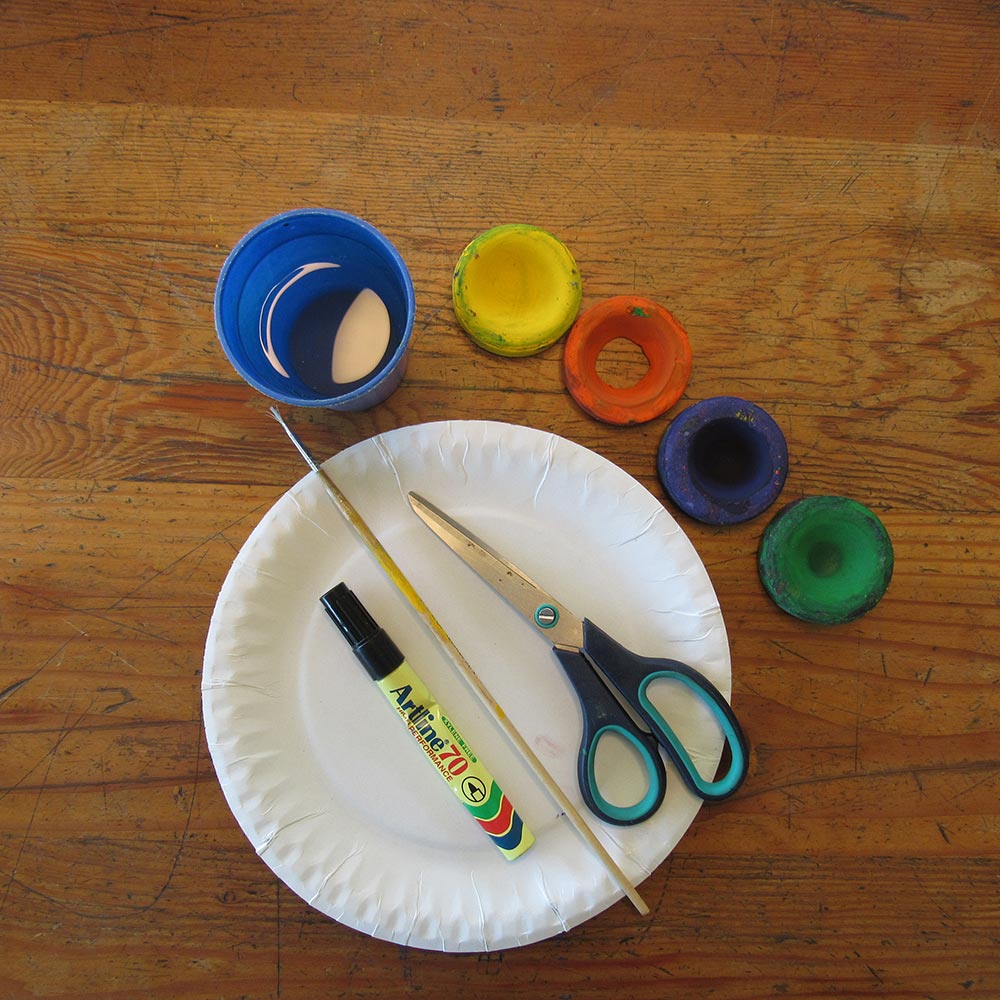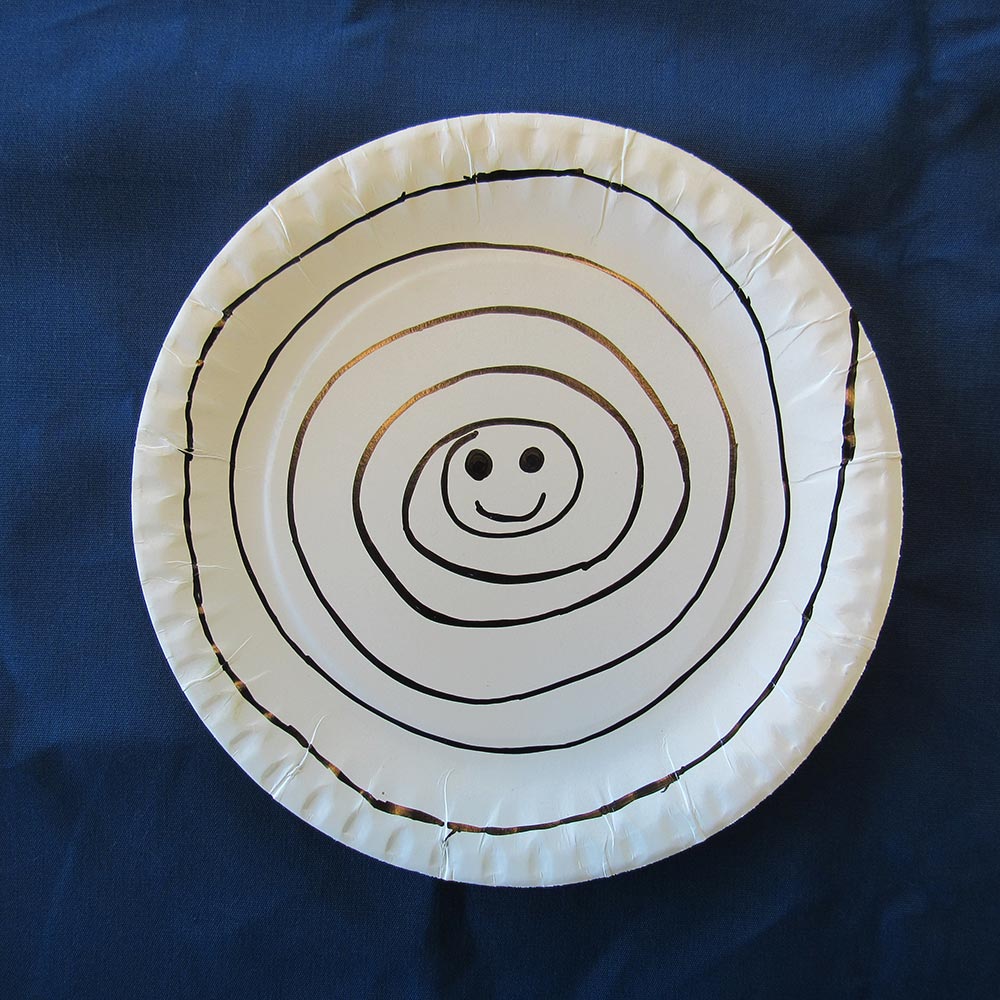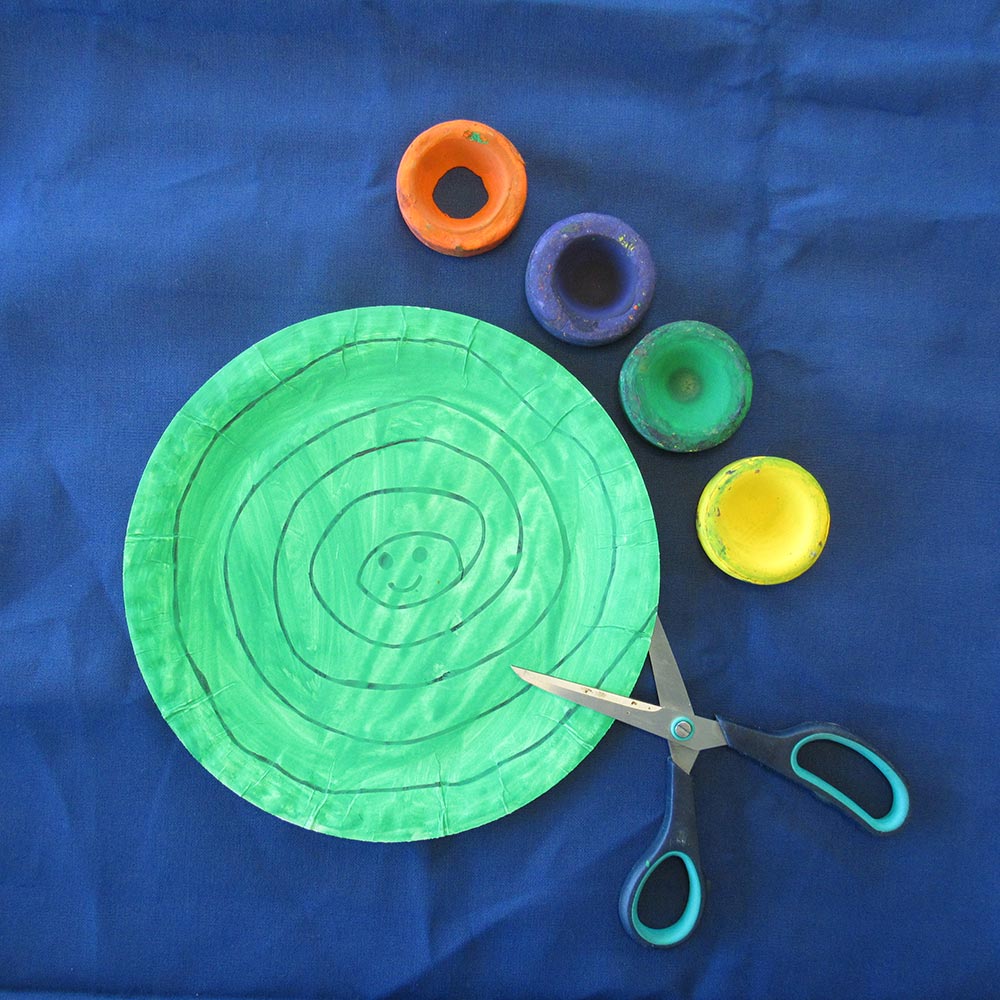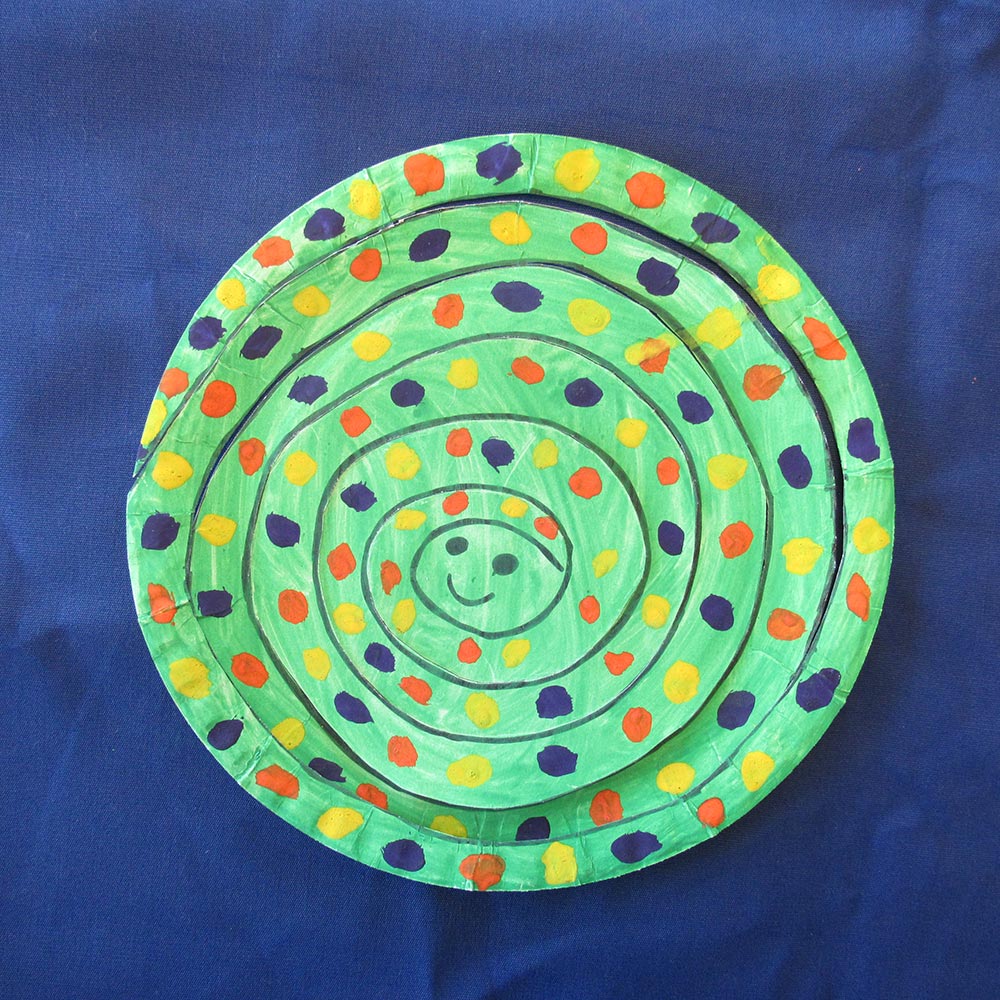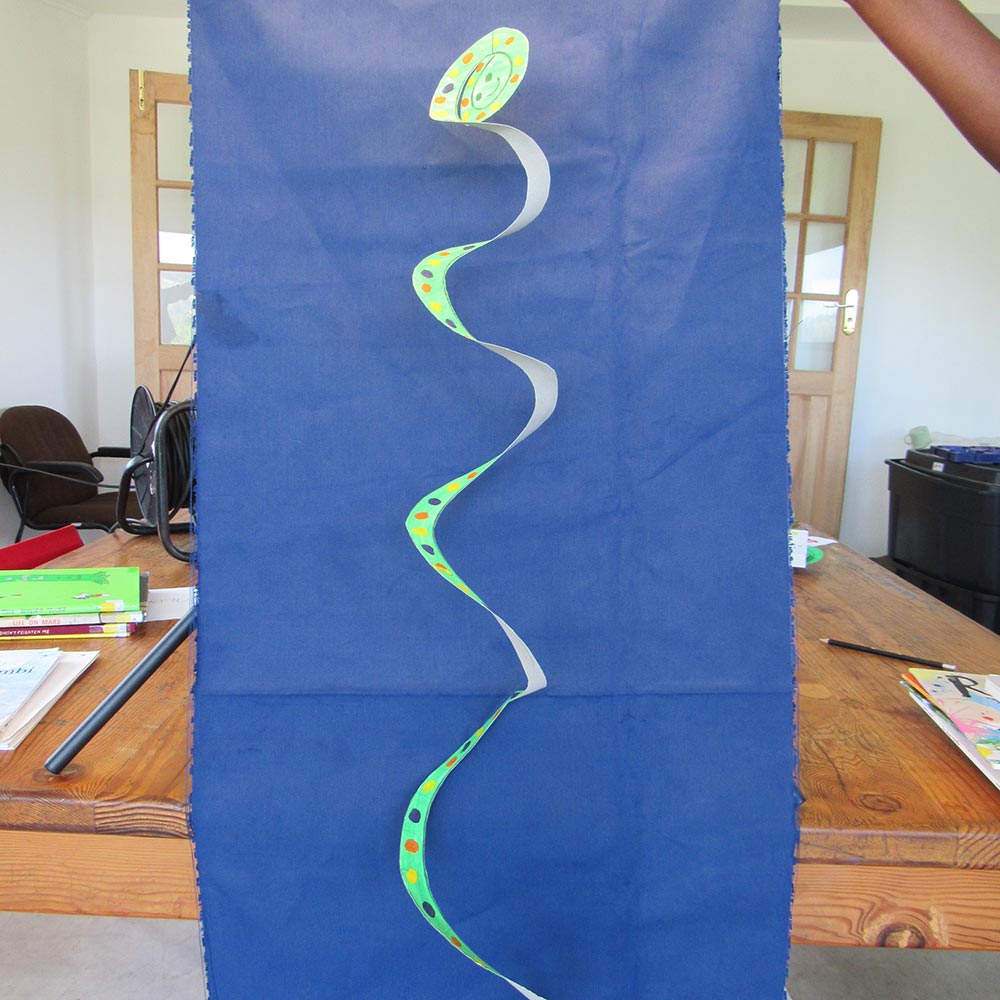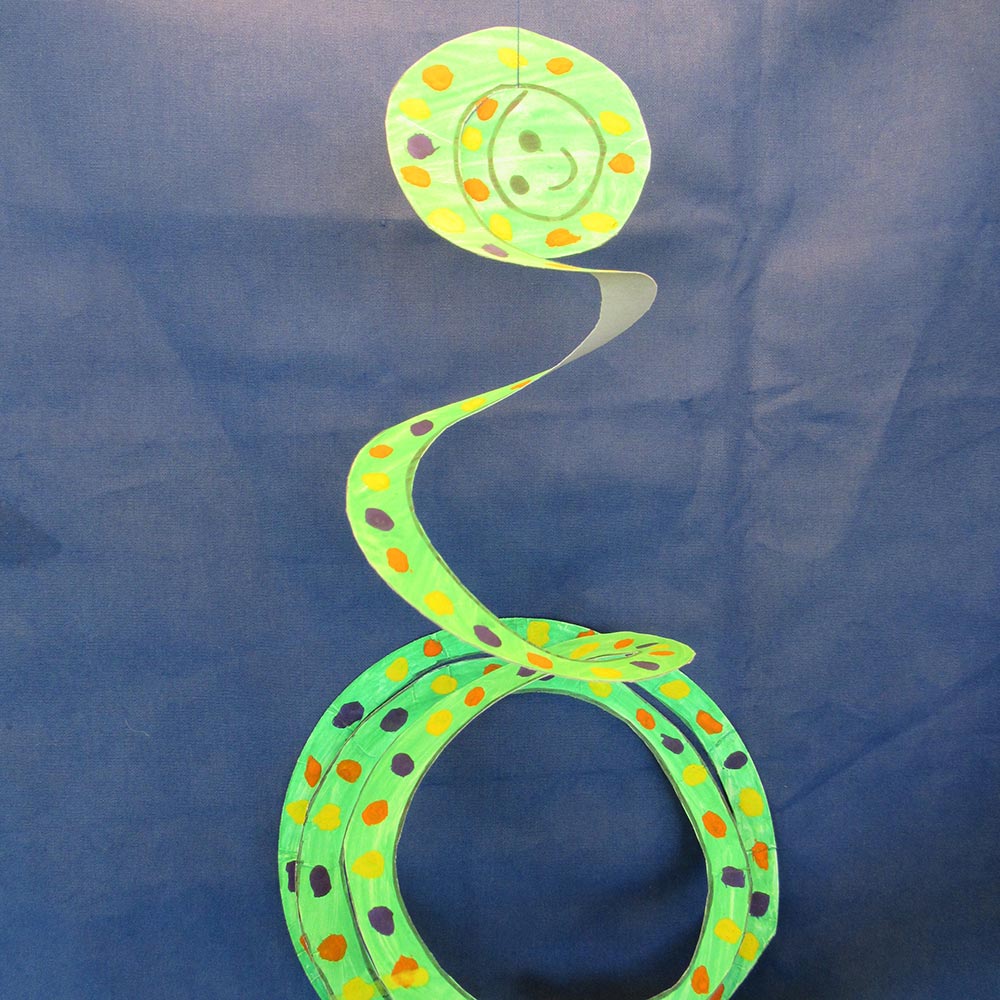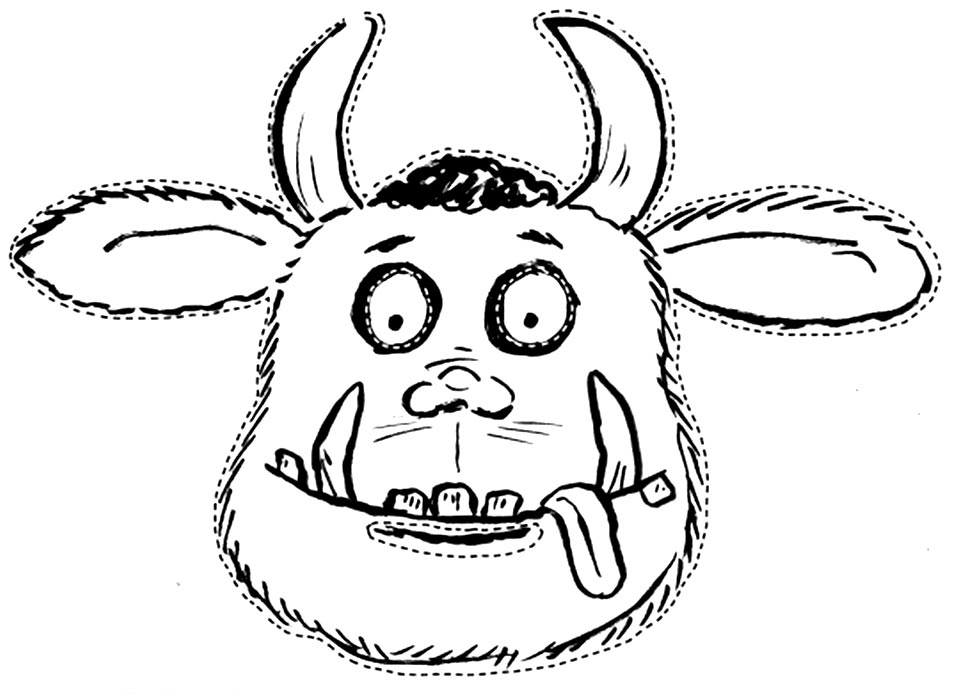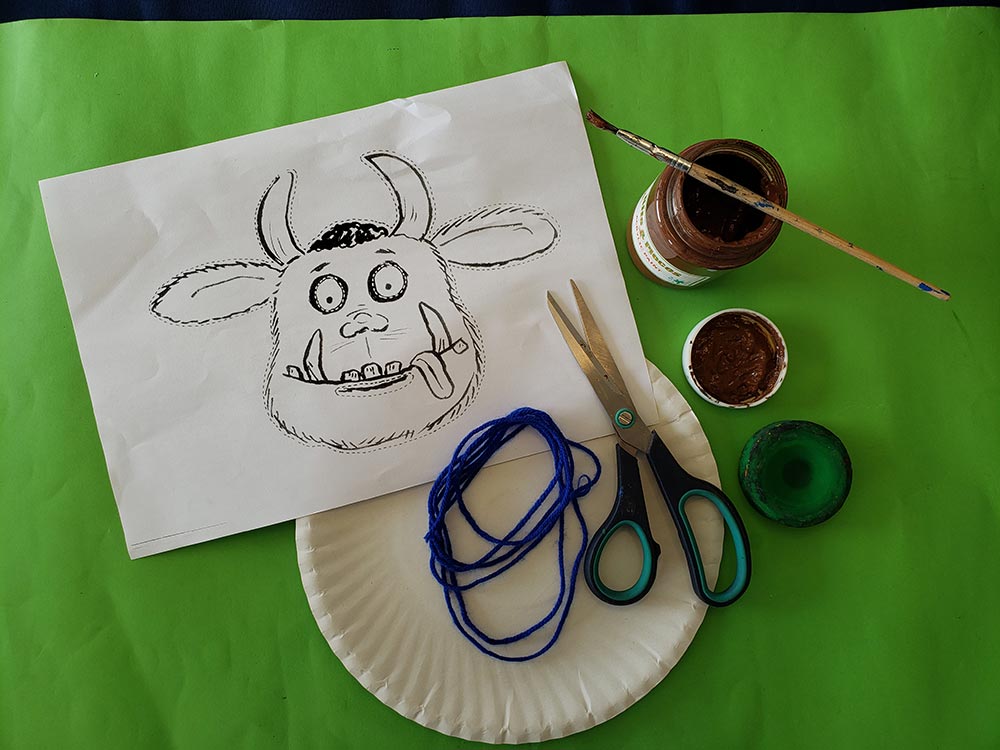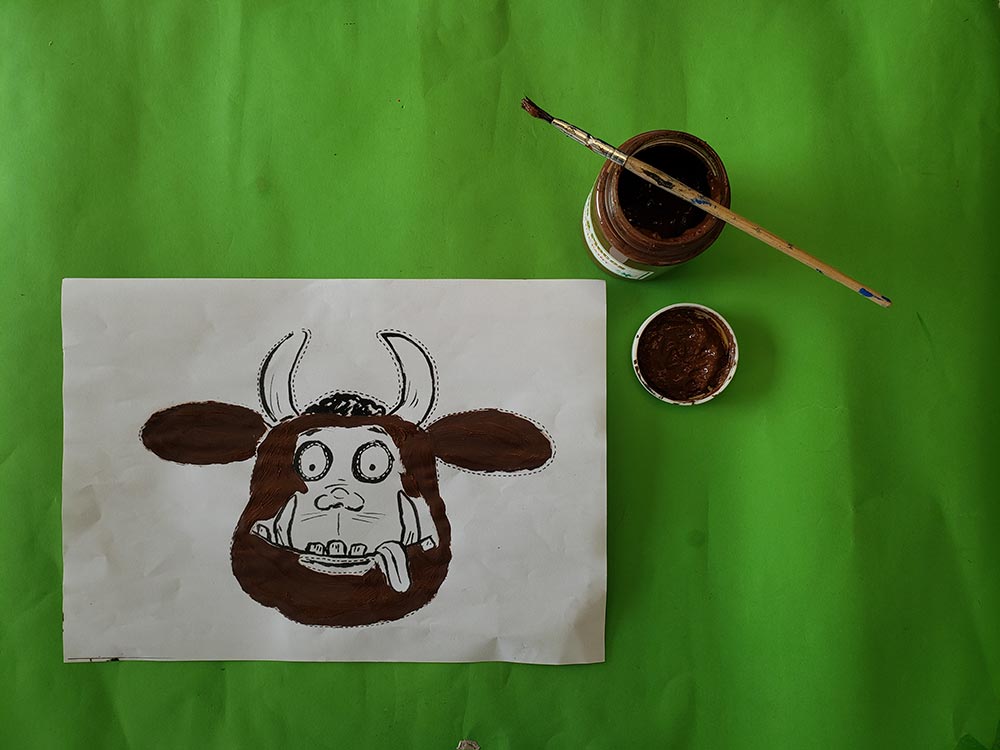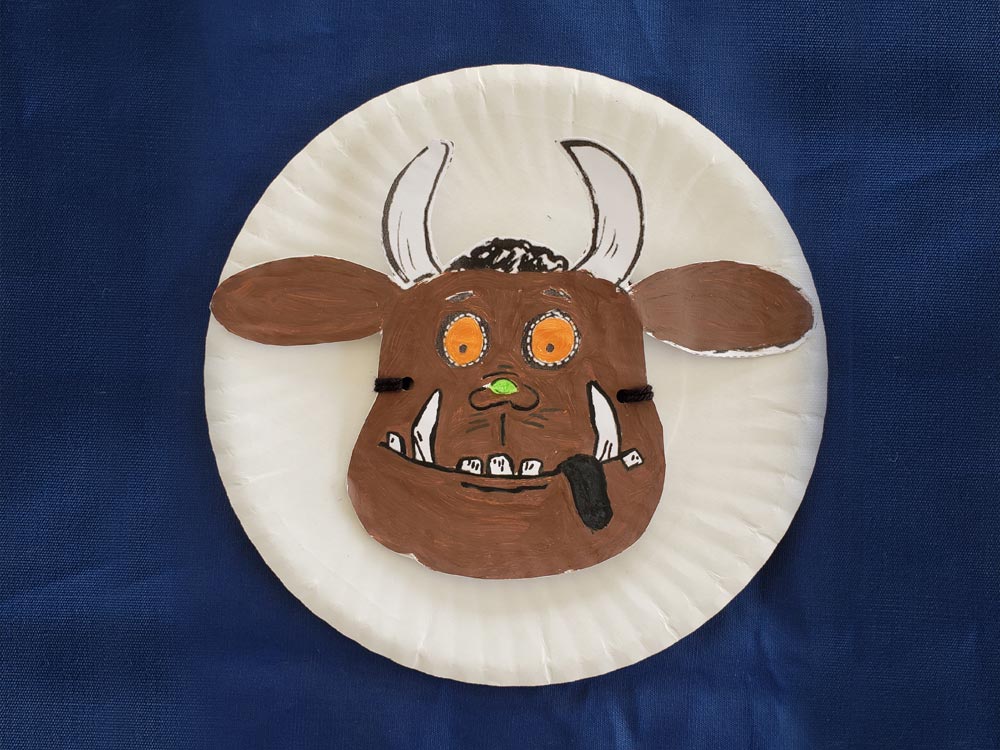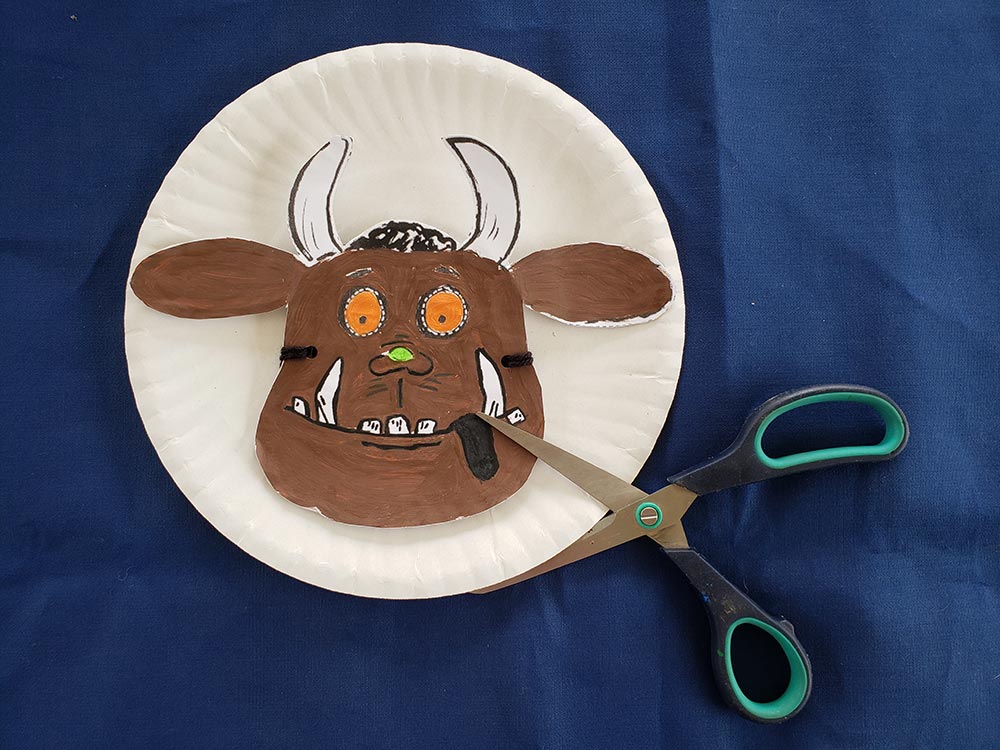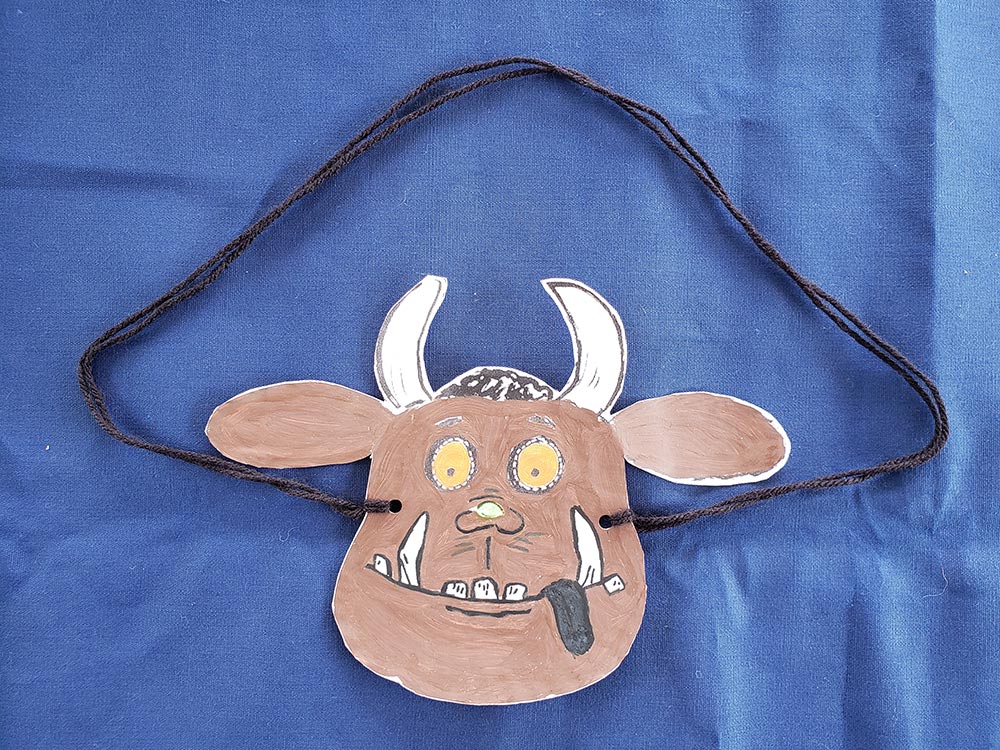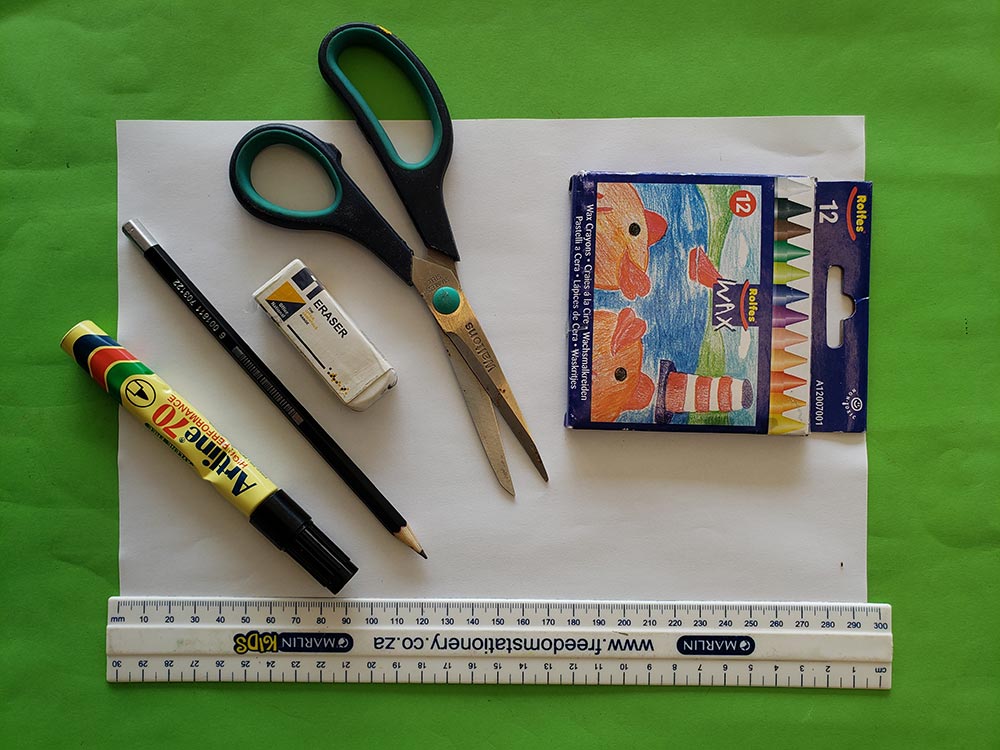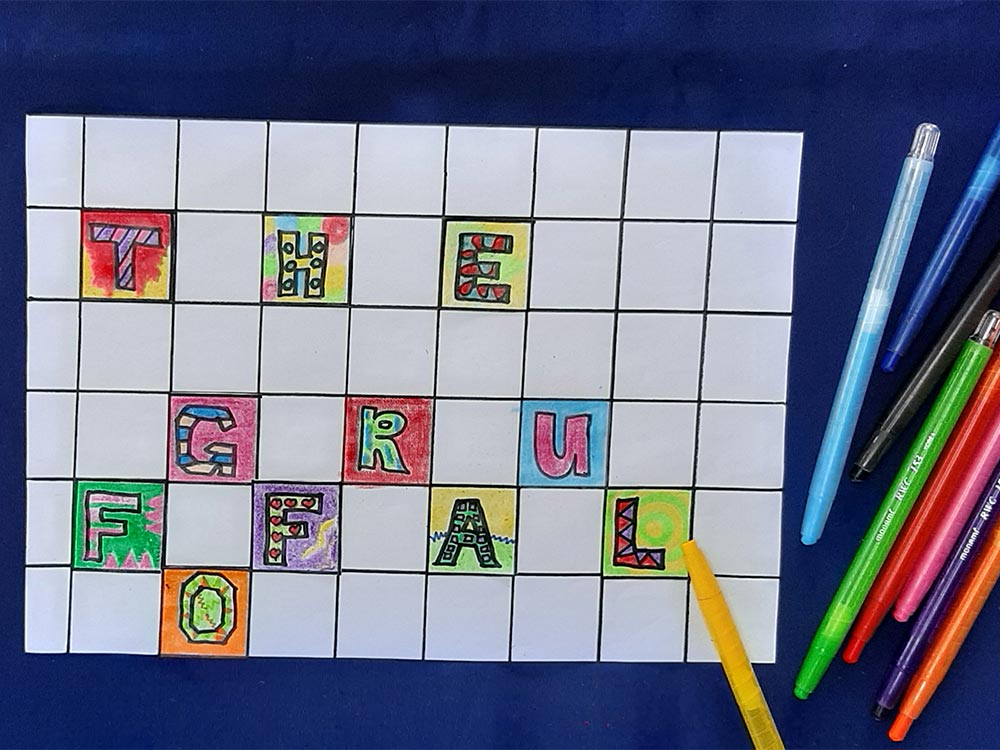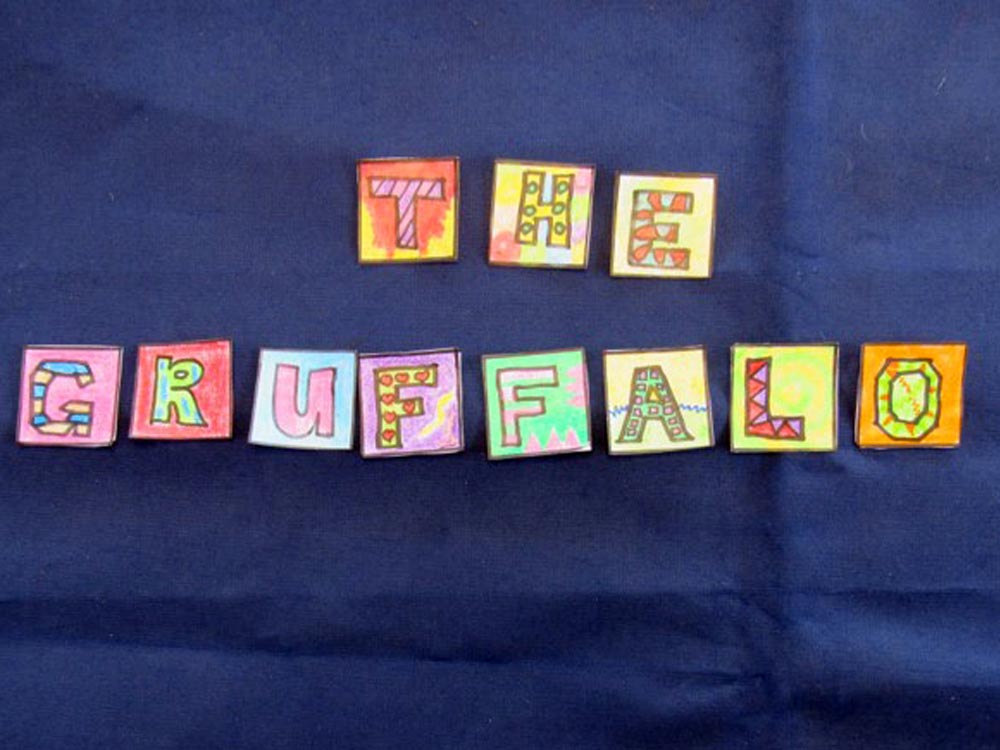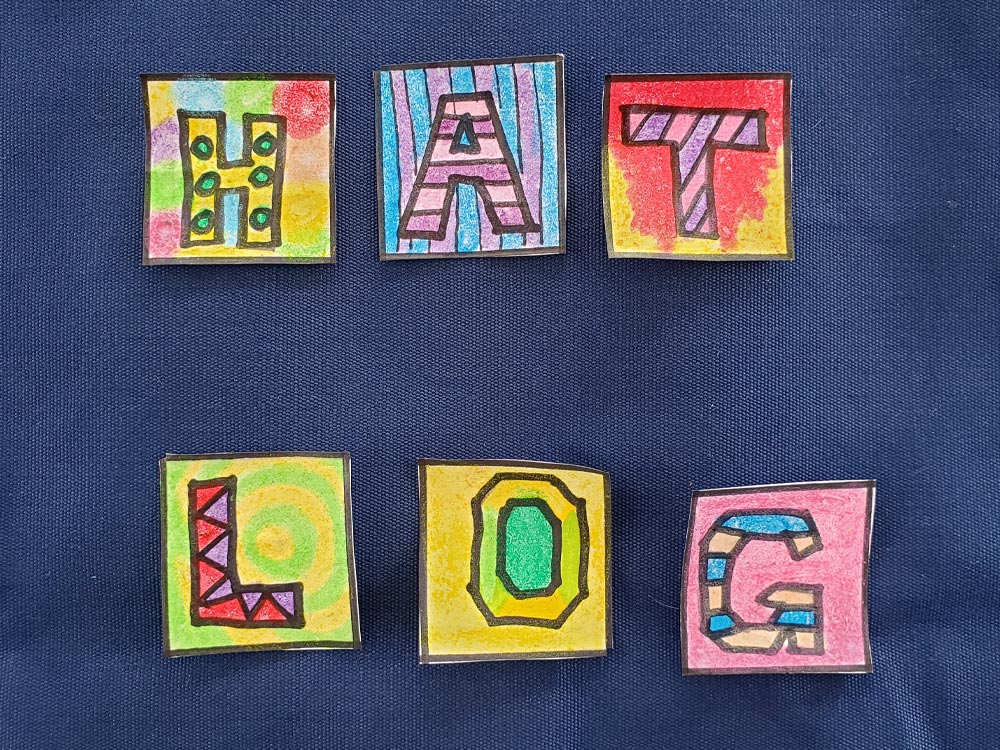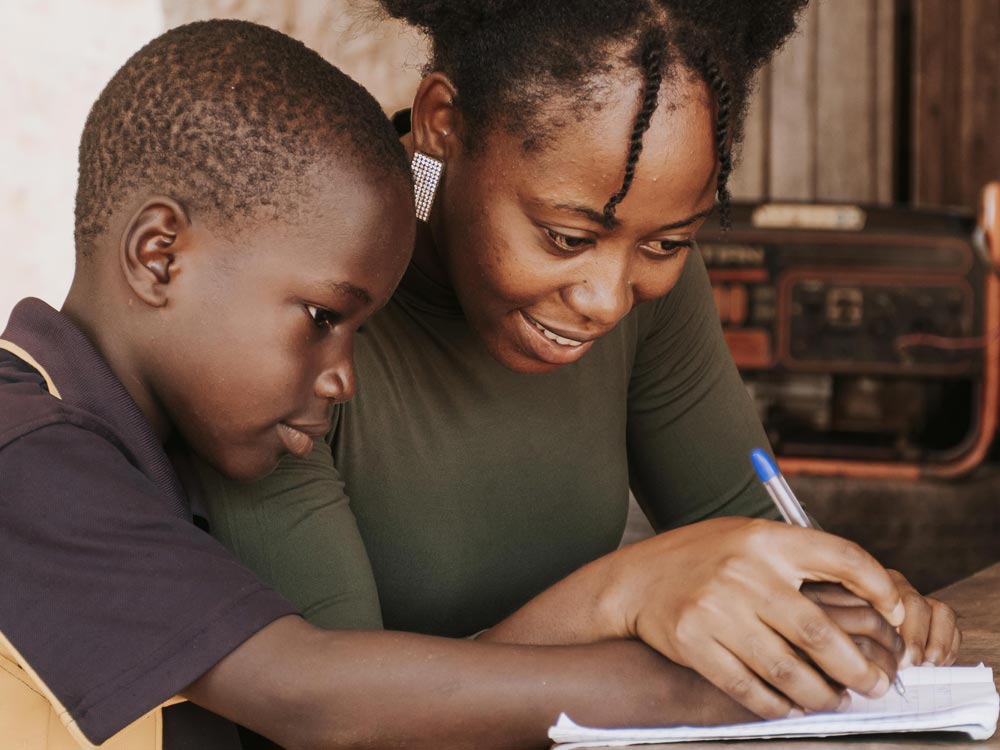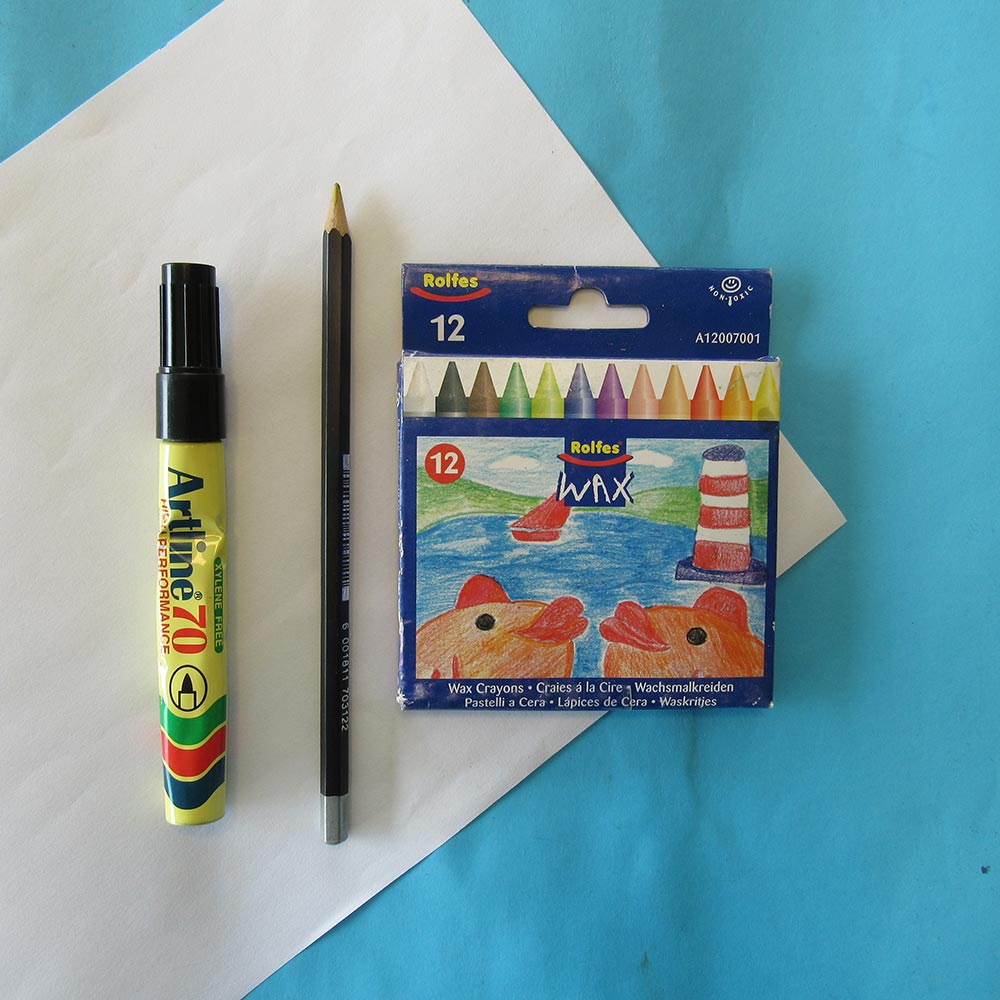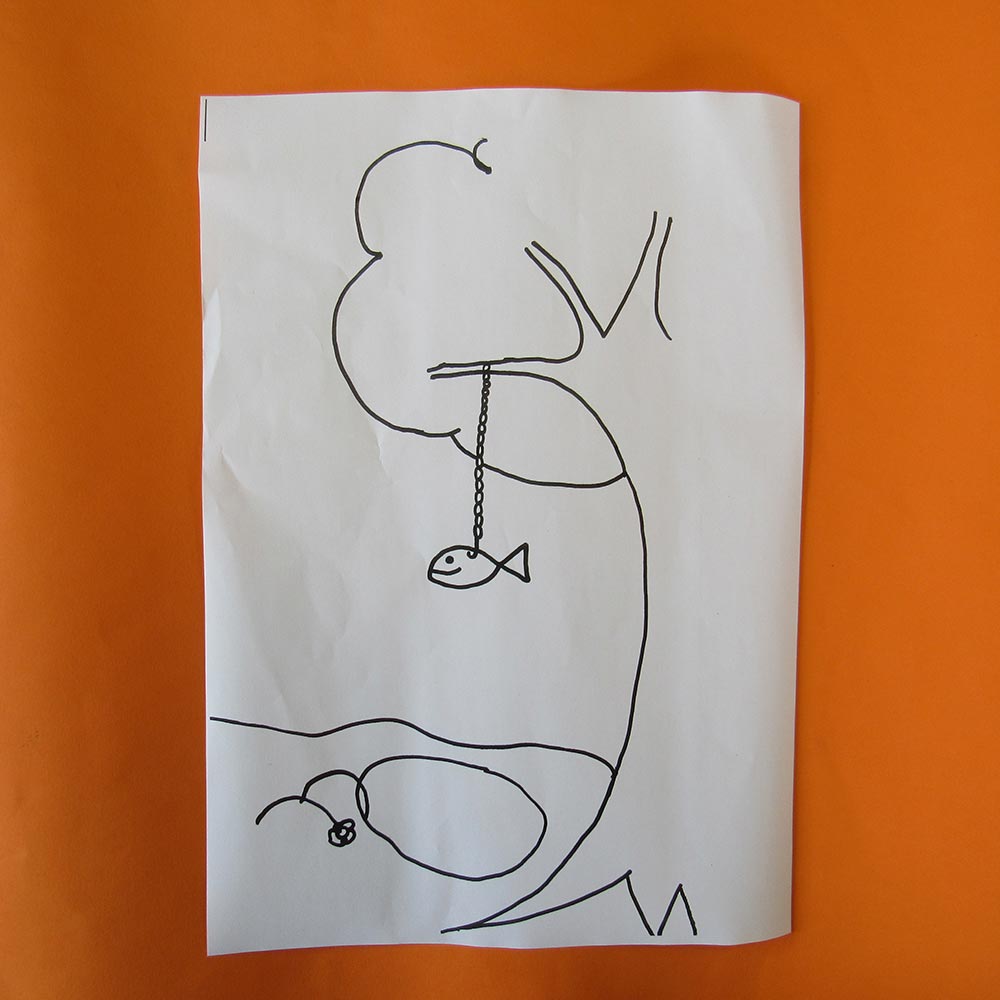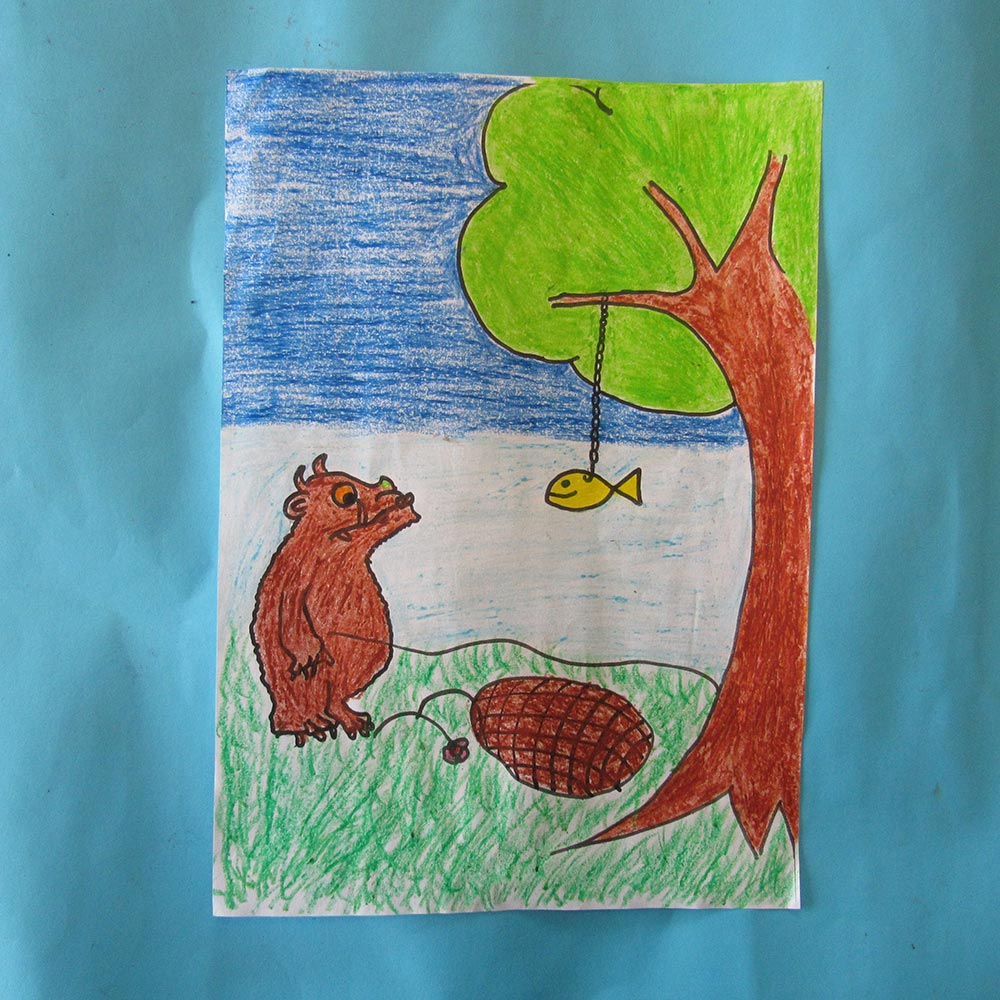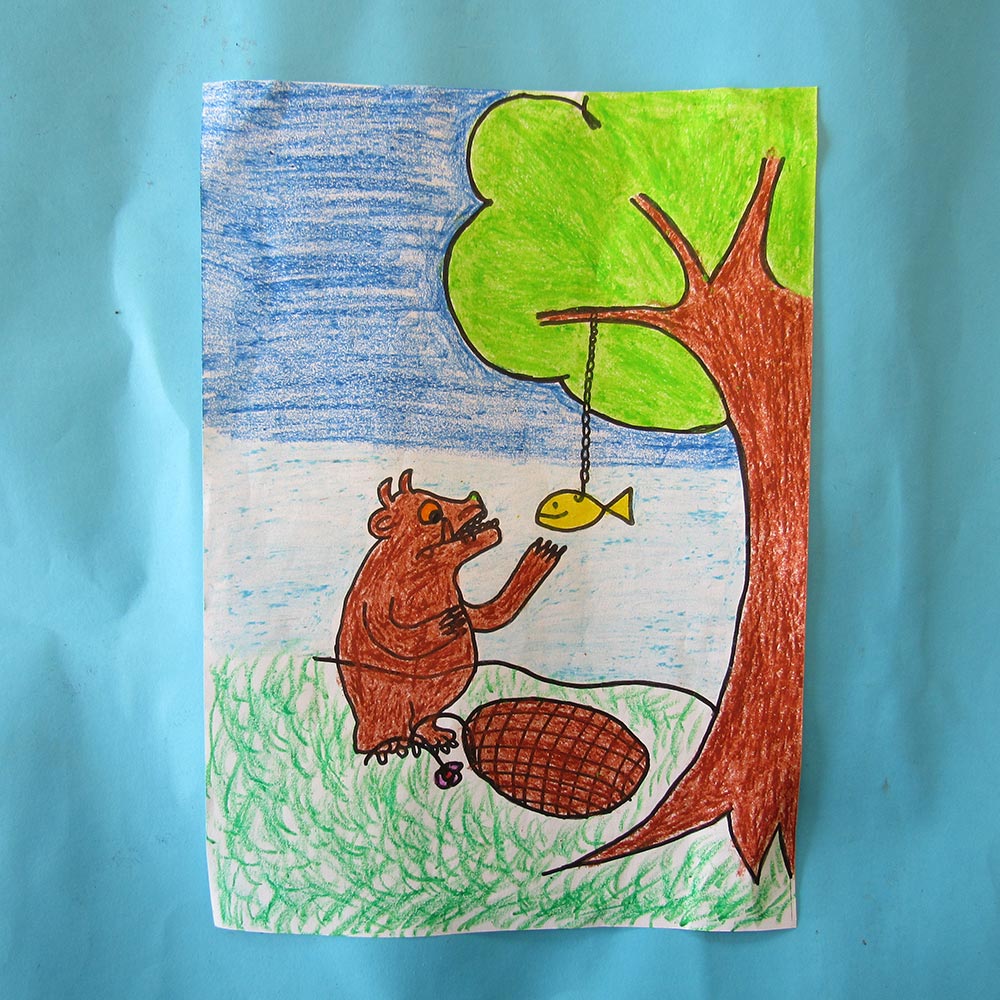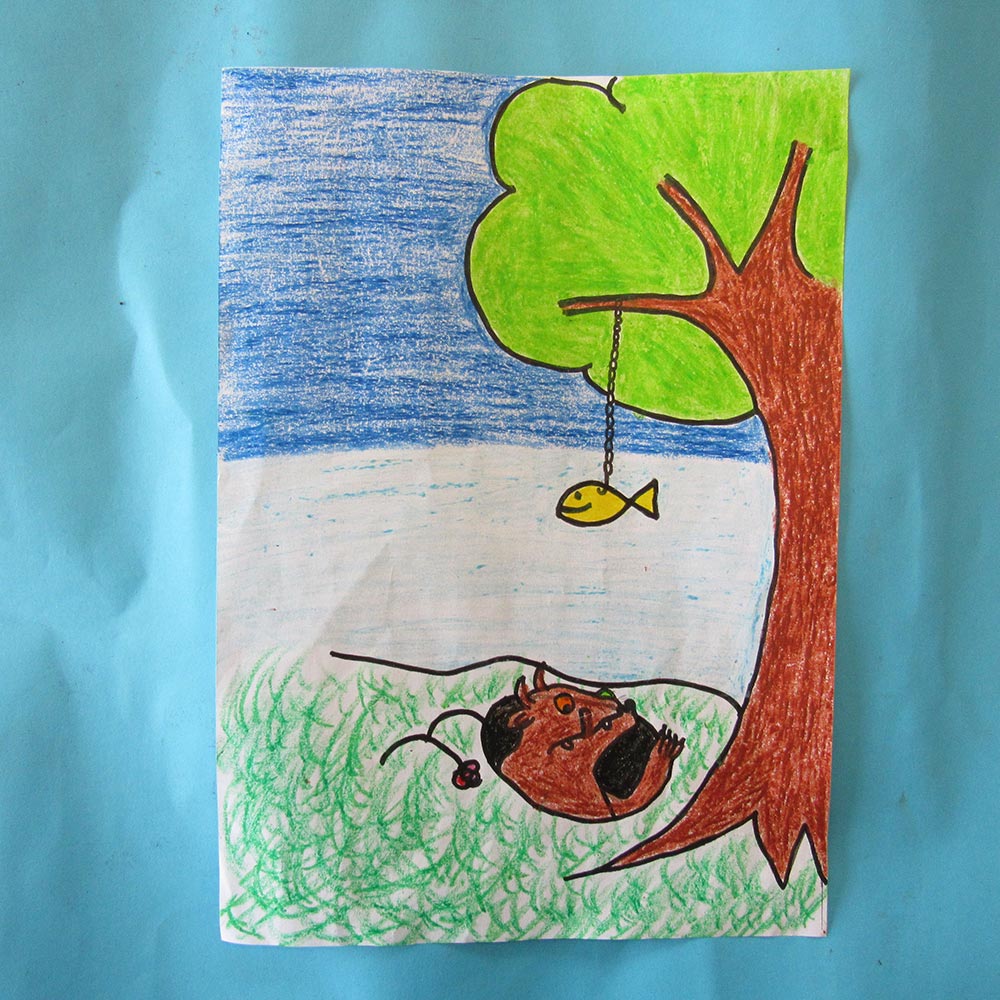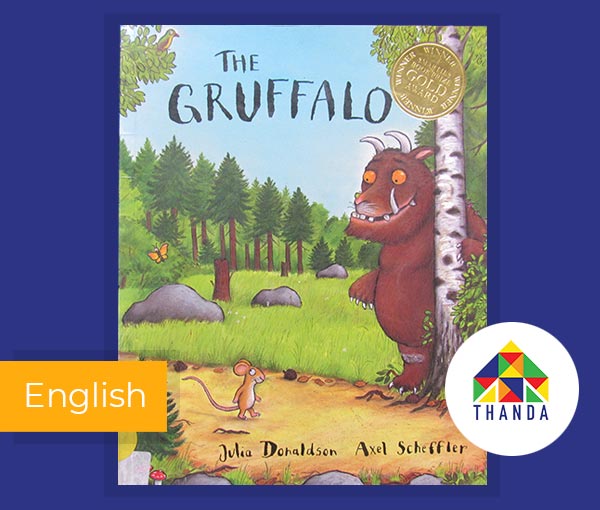
Critical Thinking
Age 2 to 10 Years
The Gruffalo
by Julia Donaldson & Axel Scheffler
A tiny mouse invents an imaginary animal, The Gruffalo, to scare other animals away from eating him. The mouse gets a big fright when he comes face-to-face with a real-life Gruffalo but he thinks quickly and develops a clever plan to keep himself safe! Find out how he does it…

Critical Thinking
Age 2 - 10 Years
Let's get Creative
Explore 5 Fun Activities to do at Home
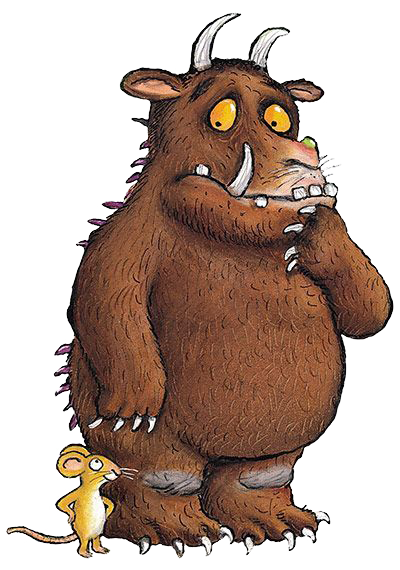
Discuss the story together:
- Why does the mouse tell everyone about the Gruffalo? And why does everyone run away when he tells them what the Gruffalo likes to eat?
- Where does:
- The owl live?
- The fox live?
- The snake live?
- The mouse tells a lot of lies in this story. He gets away with it but almost gets caught. What is the danger of telling lies?
- Has anyone ever told you a lie?
- How did it make you feel?
- Have you ever told a lie? Why?
- The mouse is the weakest creature but in the end he wins. Does life work like this sometimes?
- Is it better to be strong or smart? Why? Give reasons for both.
- The mouse uses imagination to survive in his environment. How does imagination help you to survive in your environment?
- How are the mouse and the Gruffalo similar? How are they different?







